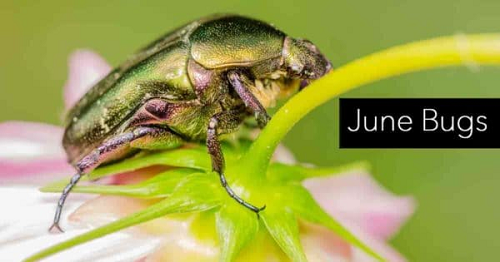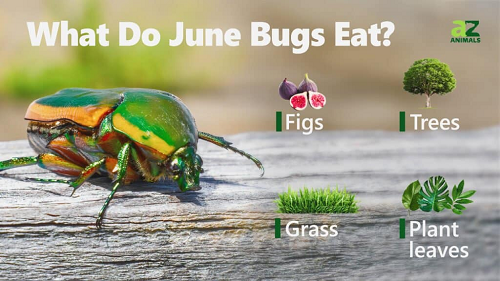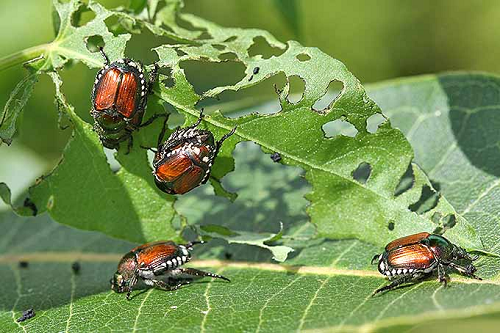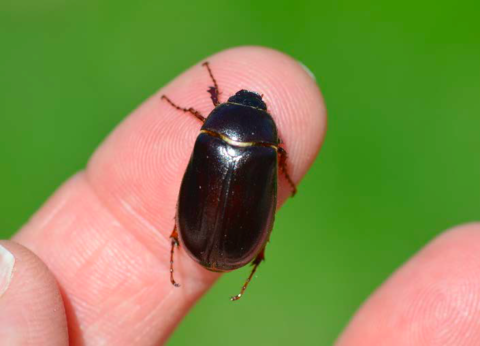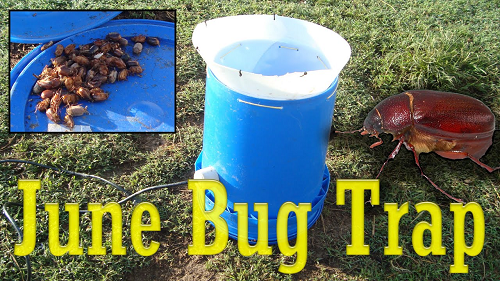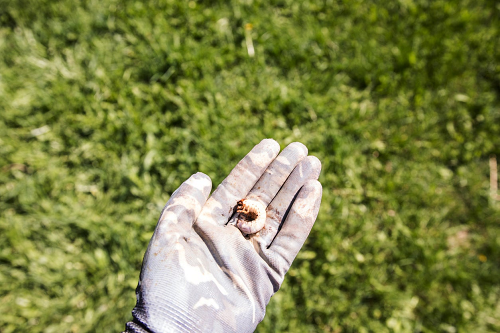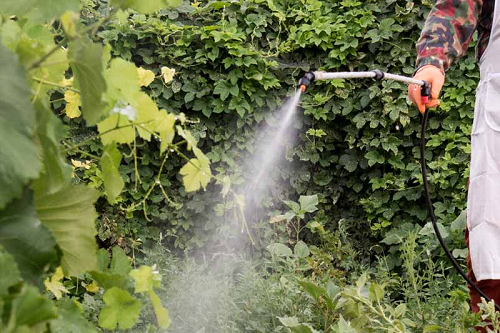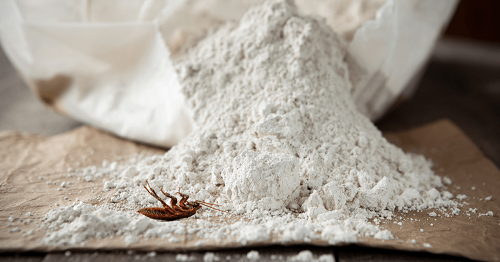12/07/2021
Have you ever considered that your favorite pet will die from the rat poison you laid out yourself?
Are you disturbed by rats? The noise, the smell, the feces, the bacteria, the viruses, its disgusting. Have you ever thought of using rat poison to make these pesky creatures disappear from your house completely, never to be seen again? But...
See More

